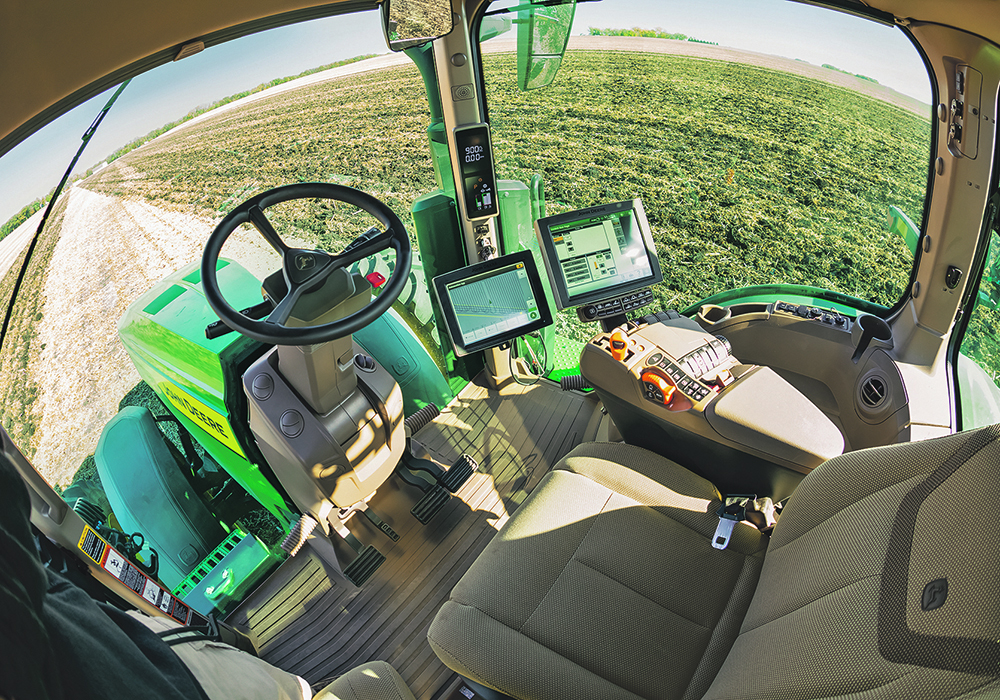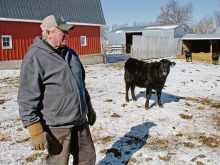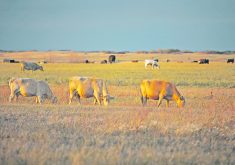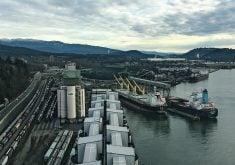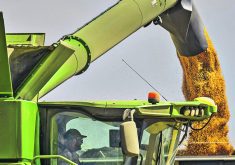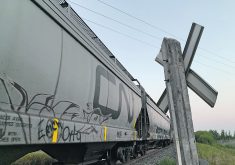Chuck Fossay didn’t exactly say that “old dogs can’t learn new tricks,” but his message was similar — it’s difficult for older producers to understand and adopt the latest farming technologies.
“I think the biggest barrier (is) where farmers are at an age where they’re having troubles learning new technology,” said Fossay, who farms near Starbuck, Man., west of Winnipeg.
“I can buy it, but can I use it in a proper way?”
Fossay made the comments during a Keystone Agricultural Producers online meeting held April 14. Representatives of Agriculture Canada were present to gather feedback from Manitoba farmers on the Agriculture Canada Sustainable Agriculture Strategy.
Read Also

Agriculture ministers commit to enhancing competitiveness
Canadian ag ministers said they want to ensure farmers, ranchers and processors are competitive through ongoing regulatory reform and business risk management programs that work.
For months, Agriculture Canada has consulted with farm groups across Canada on the strategy, which is focusing on five key aspects of sustainability:
- soil health
- adaptation and resilience
- water
- climate change mitigation
- biodiversity
But the strategy is more than environmental objectives. It also looks at farmer profitability, more food production and better environmental outcomes.
During the meeting, KAP directors and others were asked about the barriers to adopting more sustainable farming practices.
Some producers are using the latest ag innovations, such as variable-rate technology and GIS mapping, to push yields higher and maximize the efficiency of crop inputs.
But many farmers in their 60s or 70s are likely wary of such technology.
“I’m 68. Do I want to make a huge investment in something I’m going to use for (a few years),” said Fossay.
Survey data from Olds College in Alberta shows many Canadian farmers have not adopted newer technology.
For instance, the survey found that less than 50 percent of producers use auto steer, GIS mapping, variable-rate technology and slow-release fertilizers.
Tomas Nilsson, an agricultural economist at Olds, said education outreach is needed to drive changes in farmer behaviour.
“If you want to promote further environmental stewardship, to really deal with the fertilizer issues and reduce nitrogen emissions from fertilizer use … there is probably an enormous opportunity here for the industry and producer organizations to provide that education and training that’s needed,” said Nilsson.
Kevin Peters, a producer from Randolph, Man., said the need for extension and education goes beyond sustainable ag technology.
There are many programs and financial incentives to help farmers improve soil health or reduce the greenhouse gas emissions they emit when they farm. However, few producers know what they are or how the programs work.
“There are a lot of options out there to help support, but we don’t have a good understanding of what is out there.”
Other farmers shared a similar message.
“Communications to engage producers is a huge barrier,” said Bill Campbell, who farms near Minto in southwestern Manitoba.
Also, if the federal government really wants action on the sustainable ag strategy, in which growers make substantive changes, programs and financial incentives must remain in place for years.
“If we’re going to achieve these win-win-win situations … (it) is going to take continued ongoing support,” said Daryl Domitruk, executive director of Manitoba Pulse and Soybean Growers.
Agriculture Canada plans to conclude its farmer consultations on the Sustainable Agriculture Strategy soon.
Ottawa intends to release a report this spring or summer on its findings.
The department has said it will unveil the Sustainable Ag Strategy near the end of the year.


